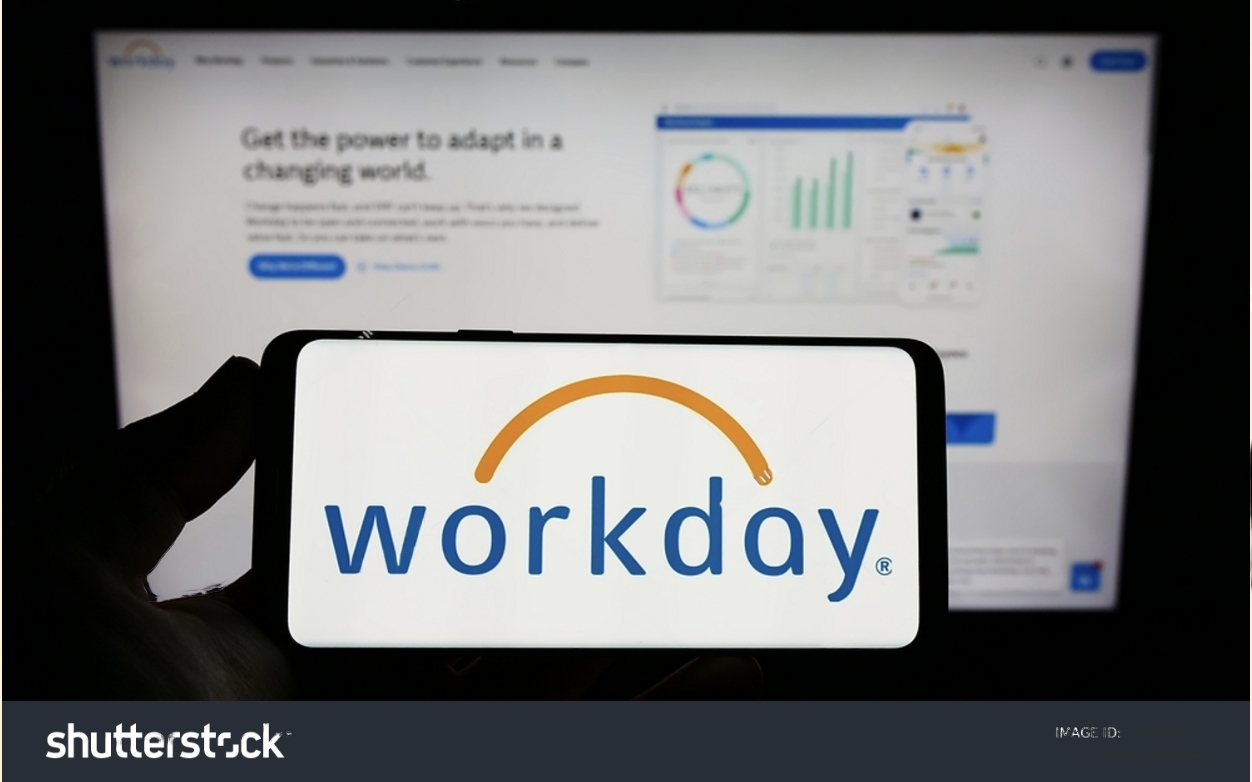Workday is widely recognized as a robust and user-friendly solution for Human Capital Management (HCM) and Financial Management. However, even with its popularity and ease of use, implementing Workday can come with its own set of unique challenges.
These challenges can lead to delays that disrupt your return on investment, consuming valuable time and resources and potentially hindering your plans for a successful implementation.
As you read on, we’ll discuss the most common implementation challenges that organizations face when adopting Workday and how to overcome them.
Let’s start!
- Not Working with the Right Workday Partner
Right from the outset of the Workday implementation process, organizations often face a significant hurdle in finding the ideal Workday partner. With numerous options available, it becomes crucial to prioritize your organization’s requirements and seek a partner that aligns well with your team.
To avoid this pitfall, here are key factors to consider when selecting a Workday partner:
- Extensive experience and expertise in Workday implementation.
- Has a deep understanding of your industry’s unique requirements and regulations.
- Have a structured, well-defined process that includes comprehensive planning, testing, training, and change management strategies.
- Strong reputation from previous and successful Workday implementations.
- Offers ongoing system maintenance, upgrades, and responsive customer support to address any issues.
- Demonstrates effective communication, collaboration, and a willingness to understand and align with your organization’s goals.
- Insufficient Planning
Insufficient planning during Workday implementation can lead to various challenges and setbacks. Organizations may experience delays, cost overruns, and unexpected hurdles without thorough planning. It can result in a lack of clarity regarding project goals, milestones, and resource allocation, making it difficult to achieve a successful implementation.
To avoid the pitfalls of insufficient planning, organizations should follow these best practices:
- Develop a detailed implementation roadmap
- Allocate resources effectively
- Conduct a thorough assessment of requirements
- Engage stakeholders early on
- Set realistic expectations
By following these best practices, organizations can lay a solid foundation for a successful Workday implementation. A thorough planning ensures that all aspects of the project are considered, reducing the risk of delays and setbacks while maximizing the chances of a smooth and efficient implementation.
3. Inadequate Data Preparation
Data migration is a critical aspect of Workday implementation, and incorrect data handling can lead to significant issues. When data is migrated inaccurately, organizations may encounter errors, incomplete information, and inconsistencies within the system. This can result in incorrect reporting, inefficient processes, and potential compliance or regulatory challenges.
It is crucial to ensure thorough data validation, cleansing, and accurate mapping during the migration process to maintain data integrity and maximize the benefits of Workday.
4. Limited User Adoption
Limited user adoption is a common challenge during Workday implementation that can hinder the system’s success. When users are not adequately trained or informed about the benefits of Workday, they may resist using the system or struggle to leverage its full potential.
Organizations should prioritize comprehensive user training, effective change management, and clear communication to overcome this challenge to promote user adoption. By empowering users and showcasing the value of Workday, organizations can increase user engagement and drive successful implementation outcomes.
5. Overcustomization
In every organization, systems can become complex with numerous processes, steps, approvals, and notifications. However, when implementing Workday, it is advisable to embrace simplicity. Instead of replicating all existing processes within the system, focus on keeping only what is essential.
When considering Workday implementation, it’s important to reflect on the underlying reasons for the change. If your current setup isn’t working efficiently, duplicating those same inefficient processes in Workday would not be beneficial. It’s crucial to take a step back, start fresh, and streamline the necessary steps, notifications, and approvals that your organization truly needs.
This approach of simplification and streamlining ensures more effective implementation and facilitates future scalability. As your company grows and evolves, a leaner system will require less maintenance and be more adaptable to changes.
By starting with a clean slate and focusing on what is necessary, you can optimize the benefits of Workday for your organization’s ongoing success.
6. Inadequate Testing
Inadequate testing during Workday implementation can have significant consequences. Insufficient testing can result in functional gaps, data discrepancies, and user dissatisfaction. Thorough testing across various scenarios is essential to identify and resolve any issues before going live.
By allocating sufficient time and resources for comprehensive testing, organizations can ensure a smooth and error-free transition to Workday, maximizing its effectiveness and minimizing potential disruptions.
7. Lack of Stakeholder Engagement
Implementing Workday involves collaboration among various teams within an organization. While it’s crucial to involve leadership, including mid-level managers and users, it is equally important to include relevant stakeholders.
Neglecting to include key stakeholders, including HR, finance, IT, service partners, and consultants, can result in communication gaps and potential project failure.
Furthermore, a study reported that high-performing organizations put 14 times fewer dollars at risk. This emphasizes the importance of effective communication in reducing financial risks associated with projects – like implementing Workday.
By improving communication practices, low performers can greatly benefit by increasing the likelihood of successful projects and reducing the potential financial risks involved.
8. Ineffective Change Management
Effective change management is crucial during Workday implementation, yet organizations often overlook it. When introducing a new system, employees must adapt to new processes, such as time submission, payroll, and benefits management. Additionally, front-line managers will experience significant changes in their roles and responsibilities within the system.
To ensure a smooth transition and avoid surprises down the line, it is essential to:
- Prioritize change management from the project’s outset.
- Develop a comprehensive training and communications plan to guide employees through the changes they will encounter.
- Maintain a log to track and address any issues during the implementation process.
- Moreover, keeping your business stakeholders informed throughout the project is vital.
By regularly updating them on the progress and upcoming changes, they can become advocates for change across the company. This proactive approach to change management fosters transparency, reduces resistance, and increases the likelihood of successfully utilizing Workday.
9. Poor Documentation

Poor documentation is a common pitfall during Workday implementation that can have long-lasting repercussions. Inadequate documentation hinders knowledge transfer, making it challenging for stakeholders to understand and maintain the system effectively. This can lead to confusion, errors, and difficulties in troubleshooting issues.
To avoid this pitfall, it is crucial to prioritize thorough documentation throughout the implementation process. This includes documenting system configurations, customizations, integration details, and any unique processes specific to your organization. Additionally, document training materials, user guides, and best practices to support ongoing system usage.
By investing in comprehensive documentation, you ensure that critical information is readily available and accessible to all relevant parties. This not only facilitates a smoother implementation but also enables effective system maintenance, troubleshooting, and knowledge sharing in the long run.
Conclusion
Implementing Workday can be a transformative journey for organizations, but it is not without its challenges.
Organizations can increase their chances of successful implementation by understanding and avoiding common pitfalls. Prioritize the best practices, namely: thorough planning, selecting the right partner, effective data migration, fostering user adoption, conducting adequate testing, involving all stakeholders, and implementing change management strategies.
By following these best practices and avoiding potential pitfalls, organizations can maximize the benefits of Workday, enhance productivity, and achieve long-term success in their human capital and financial management processes.





